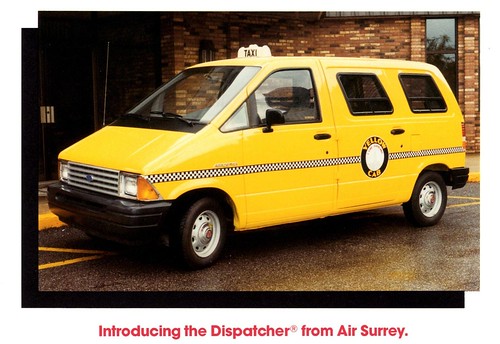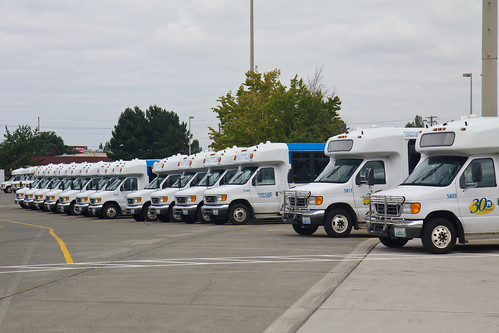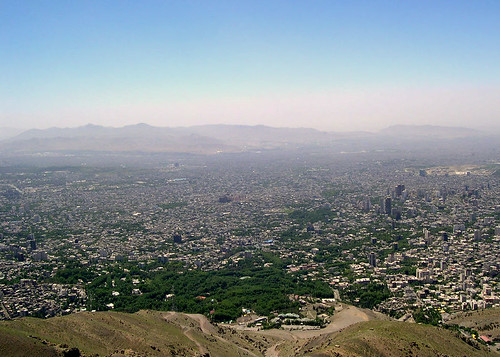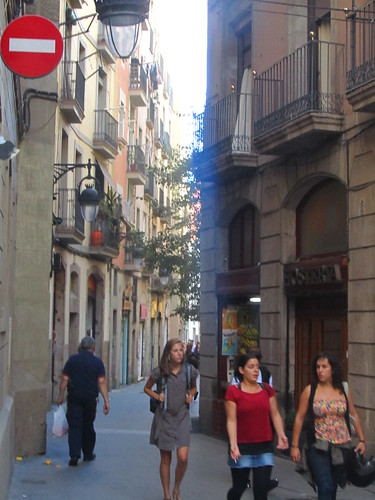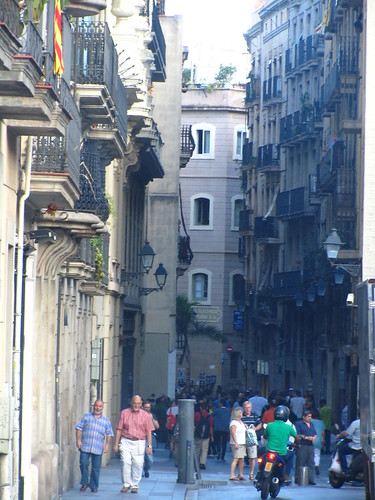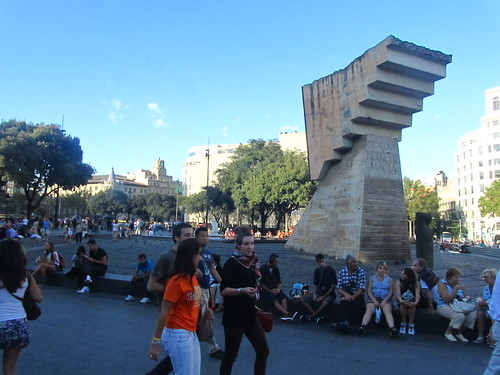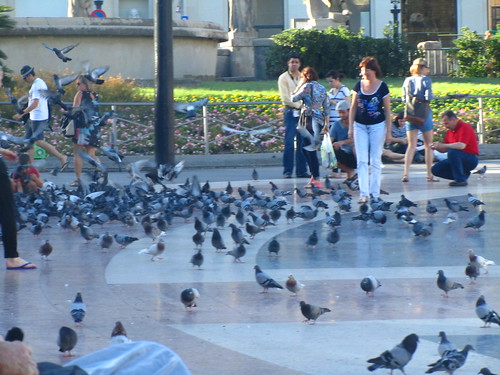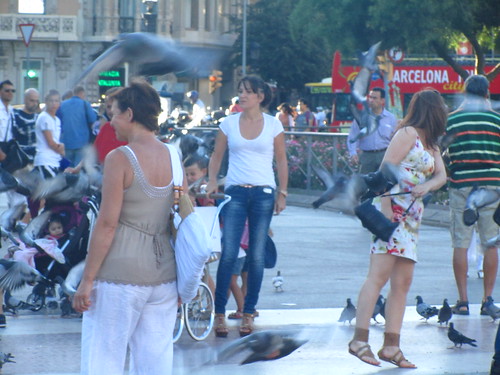by Akkarapol Tangphaisankun, Toshiyuki Okamura, Fumihiko Nakamura, and Rui Wang
Motorized paratransit have continued their dominant function as a feeder in several developing cities due to their services satisfied captive riders in terms of mobility. However, the dissatisfaction with their services especially in the aspects of traffic safety and service images could hinder patronage of paratransit in the future, and this transport mode has not been systematically considered in the transportation plans. Therefore, more efforts are required in order to promote the solution of integrating paratransit as a feeder into urban transportation, particularly, on the rider side. Personal behaviors and attitudes towards the services provided by paratransit and public transport will be one of the important keys for the future development of this solution. This study investigated present choice consideration and influences of personal behaviors and attitudes towards the services of paratransit and public transport on the commuter choice selection. Empirical results revealed that car users prefer to continue driving, while patronage of paratransit combination is decreasing. Further, car preference and dissatisfaction with comfort and convenience of public transport and paratransit significantly influence the choice to drive. The pessimism about difficulties and images of the combination of paratransit and public transport modes potentially discourage usage of public transit and paratransit. Moreover, risks, especially on traffic accidents and crimes, of using the combination between paratransit and public transport was founded to be the driving factor of selecting public transport-only and driving alternatives.
